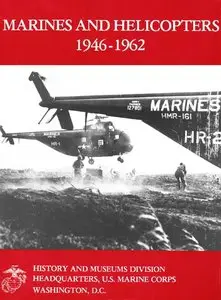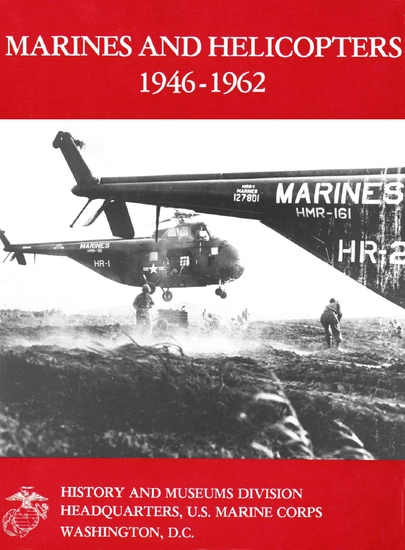Marines and helicopters, 1946-1962 By Eugene W Rawlins
Publisher: History and Museums Division, Headquarters, U.S. Marine Corps 1976 | 113 Pages | ISBN: n/a | PDF | 4 MB
Publisher: History and Museums Division, Headquarters, U.S. Marine Corps 1976 | 113 Pages | ISBN: n/a | PDF | 4 MB
The commissioning of Marine Helicopter Squadron 1 (HMX-1) in 1947 at Quantico, Virginia, is often cited as the official beginning of rotary-winged aviation within the Marine Corps. Interest by the Marine Corps in the capabilities and potentialities of rotary-winged machines, however, dates back some 15 years prior to the commissioning of HMX-1. It was in the early 1930s that the Marine Corps evaluated the Pitcairn OP-1 autogyro to determine its potential military value. Field tested in Nicaragua during 1932, the four-bladed, stubby-winged aircraft was found suitable only for liaison purposes and medical evacuation of the lightly wounded. Considered by those in Nicaragua as unsafe to fly when carrying loads in excess of 200 pounds, the OP-1 soon disappeared from active Marine Corps inventory. Three years later the Marine Corps tested another autogyro, the Kellett OP-2, a wingless version similar to the OP-1, and found it to be equally unsatisfactory due to its small payload capability. The epitaph of the autogyro as a useful Marine Corps rotor-winged aircraft was written in 1936 by Lieutenant Colonel Roy S. Geiger, an early pioneer in Marine aviation who had served as a pilot in World War I and in the ground forces in Nicaragua, the Philippines and China.



